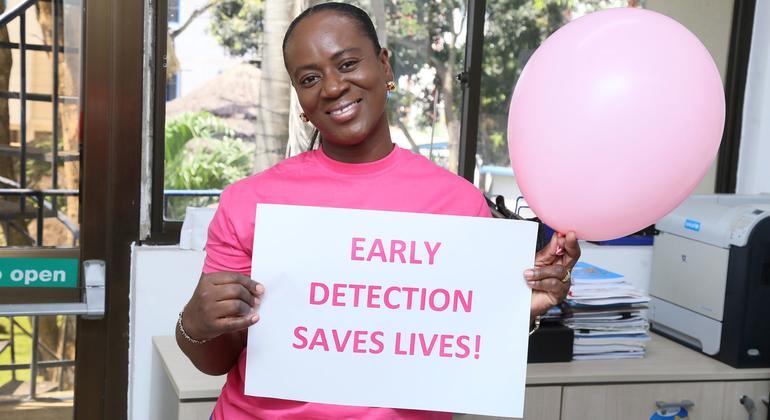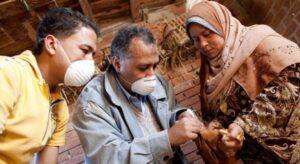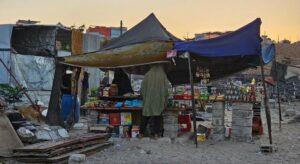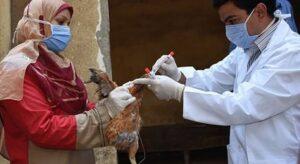The results published in Nature Medicine Monday warn that if current trends continue, the world will see 3.2 million new breast cancer cases and 1.1 million related deaths every year in the middle of the century.
The burden feels disproportionate in low and middle -income countries where access to early detection, treatment and care remains limited.
“Every minute, four women with breast cancer are diagnosed all over the world and a woman dies of the disease, and these statistics are aggravated,” said Dr. Joanne Kim, an IARC scientist and co-author of the report.
“Countries can mitigate or reverse these trends by adopting primary prevention policies, such as who recommended ‘best buyer’ for non -transferable disease prevention and by investing in early detection and treatment,” she explained.
A growing global burden
Breast cancer is still the most common cancer among women around the world and the second most common cancer in general.
By 2022 alone, 2.3 million new cases were estimated to be diagnosed with 670,000 deaths reported. However, the report highlights significant differences across regions.
The highest incidence was registered in Australia, New Zealand, North America and Northern Europe, while the lowest rates were found in South-Central Asia and parts of Africa.
Meanwhile, the highest mortality was reported in Melanesia, Polynesia and Western Africa, where limited access to healthcare contributes to poorer results.
The connection between survival of breast cancer and economic development is sharp: in high -income countries survives 83 percent of the diagnosed women, that refers to the fact that low -income countries More than half of women diagnosed with breast cancer die from it.
Pressing need for action
WHO launched the global breast cancer initiative in 2021 with the aim of reducing breast cancer mortality by 2.5 percent a year, which could prevent 2.5 million deaths by 2040.
The initiative focuses on early detection, timely diagnosis and access to quality treatment.
Dr. Isabelle Soerjomataram, Deputy Manager of IARC’s Cancer Monitoring, emphasized the need for high quality cancer data to create better policies in regions with lower income.
“Continued progress in early diagnosis and improved access to treatment is important to tackle the global gap in breast cancer and ensure that the goal of reducing suffering and death from breast cancer is achieved by all countries around the world,” she said.
The path forward
The report emphasizes the importance of stronger health systems, increased financing for the screening and treatment of breast cancer and the adoption of cost -effective prevention policies.
With the expected increase in cases and deaths, the international community faces an urgent challenge – one that requires coordinated action to Make sure millions of lives are not lost to a disease that can increasingly be prevented and treated.



